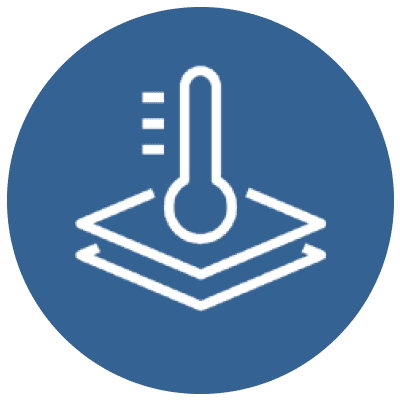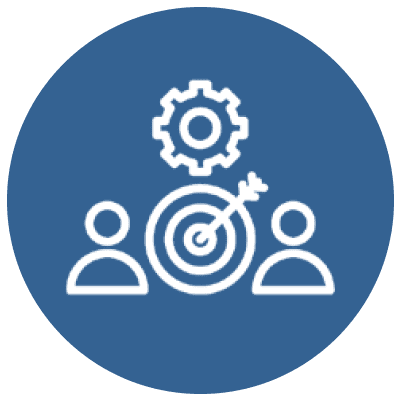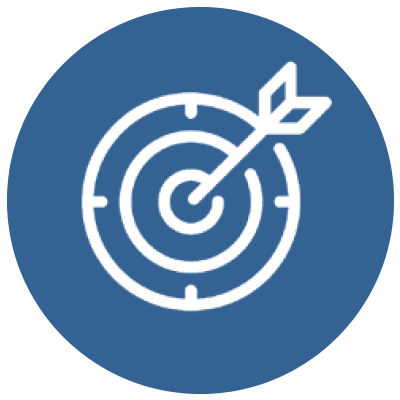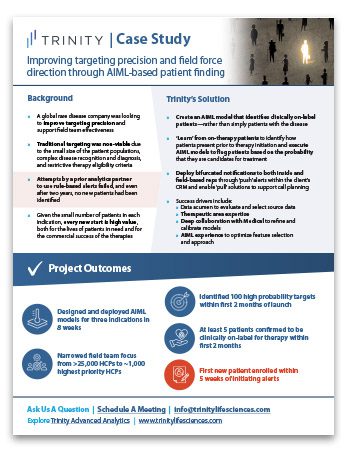AIML-Based Patient Finding—Threading the Needle in the Haystack

For life sciences companies focused on rare diseases, accurate patient finding is a worthy challenge—one deserving dedicated time and resource to tackling and solving. The benefit of enrolling even one new patient is large, both for the lives of patients in need and the commercial success of the therapies.
Why is patient finding in rare disease such a challenge?
The hallmarks of a rare disease work against traditional targeting methods: small patient population sizes, complex disease recognition, lengthy roads to diagnosis, fewer physicians who are familiar with the disease and restrictive eligibility criteria for therapies.
How can life sciences companies successfully find patients?
Cutting edge technology, applied with life sciences expertise, can help find the needle in the haystack. AIML (Artificial Intelligence & Machine Learning) can greatly increase targeting precision. Just as interestingly, it can also help to “thread” that needle—to improve field force effectiveness.
Yet it is not enough to point AIML tools, methodology and technology at the problem. Without the knowledge to refine and calibrate models, new patients may remain elusive.
Evaluating and selecting source data is a key success driver. Perhaps even harder to find, it takes experience with therapeutic areas combined with the AIML expertise to fully optimize feature selection and approach.
Finally, speed to result is critical, especially in an arena where every new start is high value. Designing and deploying AIML models—and enrolling new patients—in weeks vs. months is vital.
Trinity Case Study
Improving targeting precision and field force direction through AIML-based patient finding
Background
- A global rare disease company was looking to improve targeting precision and support field team effectiveness
- Attempts by a prior analytics partner to use rule-based alerts failed, and even after two years, no new patients had been identified
Trinity’s Solution
- Create an AIML model that identifies clinically on-label patients—rather than simply patients with the disease
- ‘Learn’ from on-therapy patients to identify how patients present prior to therapy initiation and execute AIML models to flag patients based on the probability that they are candidates for treatment
- Deploy bifurcated notifications to both inside and field-based reps through ‘push’ alerts within the client’s CRM and enable ‘pull’ solutions to support call planning
Project Outcomes

Designed and deployed AIML models for three indications in 8 weeks

Narrowed field team focus from >25,000 HCPs to ~1,000 highest priority HCPs

Identified 100 high probability targets within first 2 months of launch

At least 5 patients confirmed to be clinically on-label for therapy within first 2 months

First new patient enrolled within 5 weeks of initiating alerts
Download the case study
Explore Patient Finding
